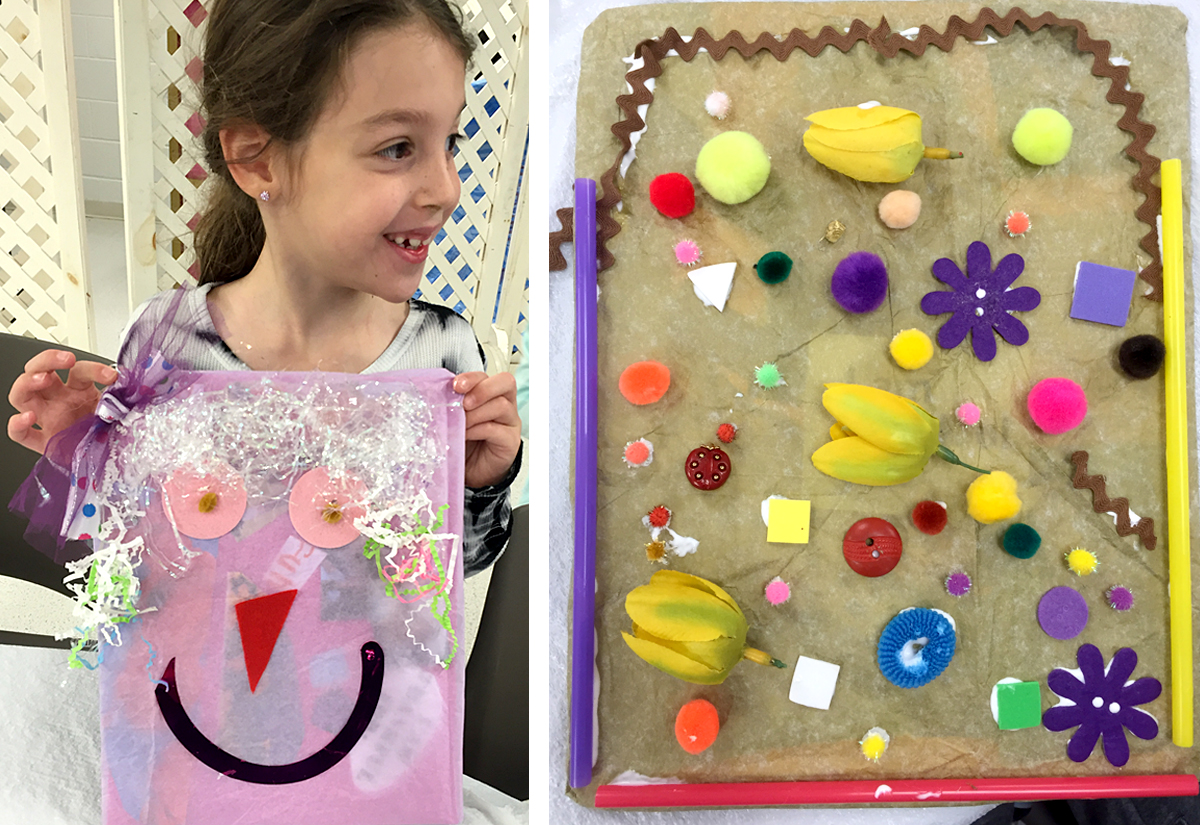Written by Raksa Yin
#1: Every brain could use a few more synapses.
I read recently in Keep Your Brain Alive, by Lawrence C. Katz, Ph.D. and Manning Rubin, that if you change a particular habit a number of times, your brain creates new neuro-pathways, and eventually stops defaulting to the old route, preferring the new one.
My favorite self-challenge? I look at materials meant for one thing and use them for an entirely different purpose—to package gifts for my friends and family. A toilet-paper roll becomes a receptacle for launching paper fireworks; a mesh lemon bag becomes a bowtie on a gift package; a broken plastic toy becomes an alluring cinch on a ribbon. Now, even before I use an object for its original purpose, I am thinking about how to re-use it. The very act of re-imagining what my default brain previously saw as useless trash—that’s my “innovation practice.”

#2: I don’t want my confidence to erode.
Rapid prototyping and refinement, two important tenets of “design thinking,” enable us to evaluate ideas quickly and decide whether they are worth improving. Innovation is messy, and it takes practice to feel comfortable taking risks, turning things upside-down and inside-out, and moving relentlessly forward.
When our daughter was little, we decided that whatever she could dream up, we would help her materialize within a day. We had a workshop in the garage and countless art supplies on hand. We made incubators and electrical circuit boards; we designed sports cars with wood blocks; she built a miniature golf course out of bubble wrap and packing materials. She imagined—and realized—so many new uses for old things that she started a club whose members resold our company’s office supplies to each other. (That was a doozy!) To this day, at age 17, she’s not afraid to try new things. She expects some things will fail, and she is OK with that. She can look at just about any situation and tell you what could be improved about it, and she’s a stronger, more confident person for it. That kind of fearless innovation is exactly what our world needs.
As for me, not all my designed packages are stunning successes — I wish they were. But I keep exercising my rapid-prototype proficiency by using materials in new and exciting ways. And in doing so, I am cultivating my confidence to innovate.

#3 The obvious—we need to preserve the earth’s resources.
Do you know how much waste is generated by wrapping paper and shopping bags during the holiday season in the U.S.? Four million tons, according to the Clean Air Council. At 15 trees per ton of paper, that translates into 60 million trees, sacrificed for 5 minutes of delight, followed by an afterlife in a landfill. (Most wrapping paper can’t be recycled because of the heavy ink coverage and special coatings.) So how about, instead, we wrap gifts with something that’s already out there and headed for the junk pile? In the process, we’ll be adding an inspiring and very personal dimension to our giving.

#4 The gift on the outside can be just as special as the gift on the inside.
Who says wildly ripping off the wrapping paper is half the fun of receiving a gift? When the package is “designed” especially for the occasion and the recipient, it becomes an artistic expression of who you are and how you feel about the person receiving it—a gift in and of itself.

#5 It’s our duty to expose kids to the process of innovation as early as possible.
My husband and I teach design thinking to elementary school-age kids, and using trash to design packages is one of the lessons we have developed for them. We teach why packages exist—to organize, sanitize, glamorize—and we point out that packages create some of the worst pollution on the planet. Then we challenge the kids to see trash through a new lens, and design packages that are beautiful and meaningful on the outside, too. Here are some of our first grader’s amazing packages!
Our planet needs all the inventive and original thinkers we can produce in order to address huge challenges—from climate change to poverty, from transportation to substance abuse. If we can get kids to feel comfortable testing their imaginations and looking at “what is” in new ways, then I believe our beautiful, if imperfect, world has a brighter future.
Beth Singer is the Principal, Beth Singer Design, a former board member of AIGA DC and AIGA National, founder of the Design Continuum Fund, and developer of a Design Thinking Curriculum for elementary grades.